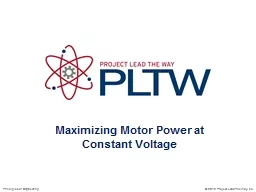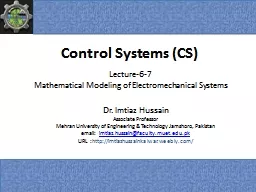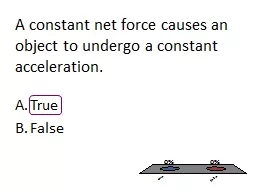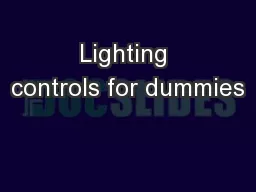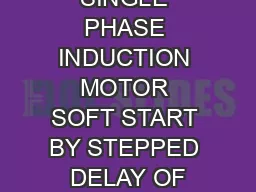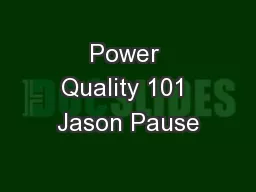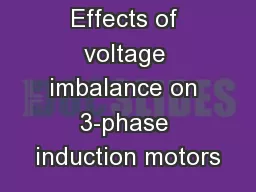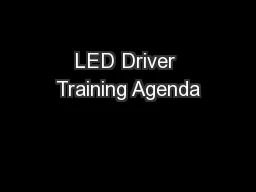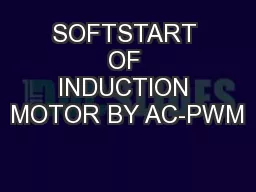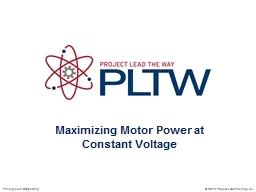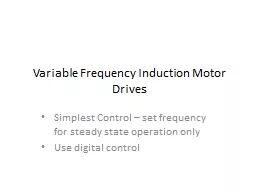PPT-Maximizing Motor Power at Constant Voltage
Author : trish-goza | Published Date : 2019-12-19
Maximizing Motor Power at Constant Voltage 2012 Project Lead The Way Inc Principles of Engineering Speed Depends on Load Torque When a motor is loaded with no torque
Presentation Embed Code
Download Presentation
Download Presentation The PPT/PDF document "Maximizing Motor Power at Constant Volta..." is the property of its rightful owner. Permission is granted to download and print the materials on this website for personal, non-commercial use only, and to display it on your personal computer provided you do not modify the materials and that you retain all copyright notices contained in the materials. By downloading content from our website, you accept the terms of this agreement.
Maximizing Motor Power at Constant Voltage: Transcript
Download Rules Of Document
"Maximizing Motor Power at Constant Voltage"The content belongs to its owner. You may download and print it for personal use, without modification, and keep all copyright notices. By downloading, you agree to these terms.
Related Documents

